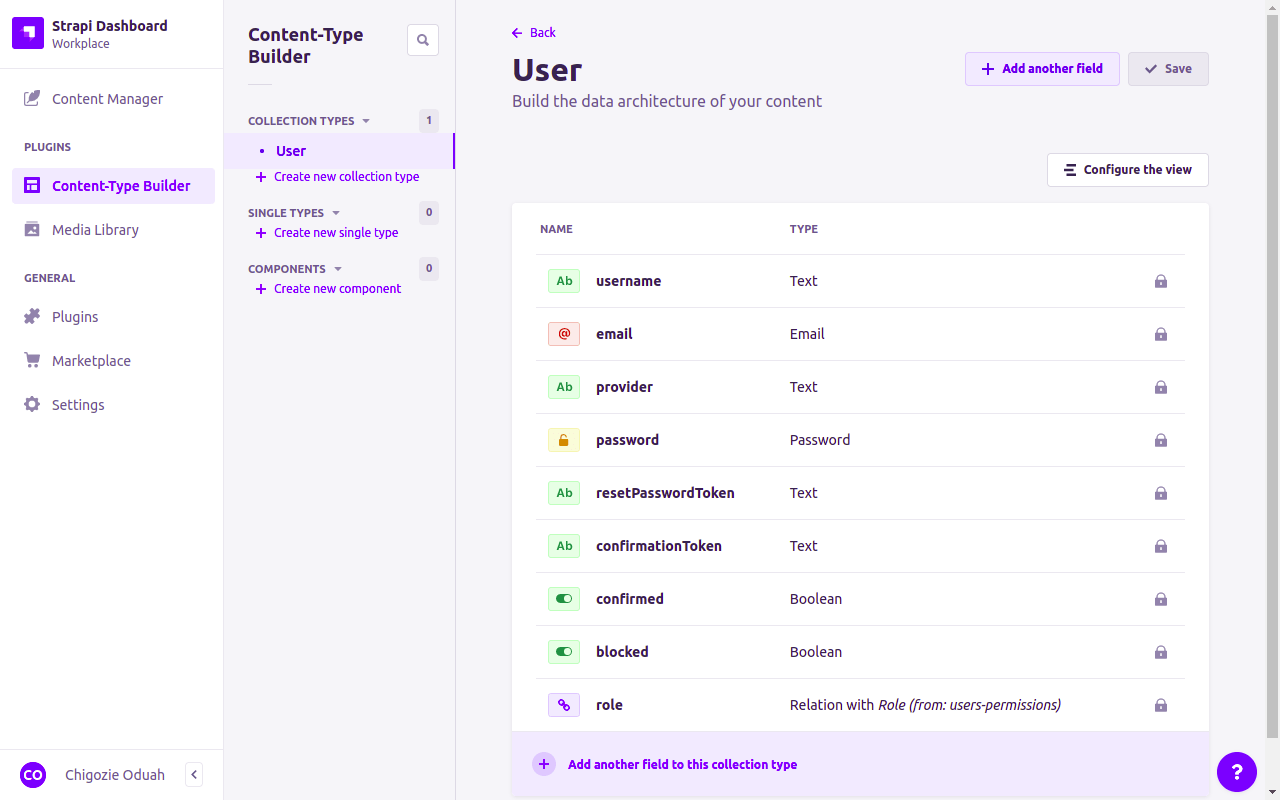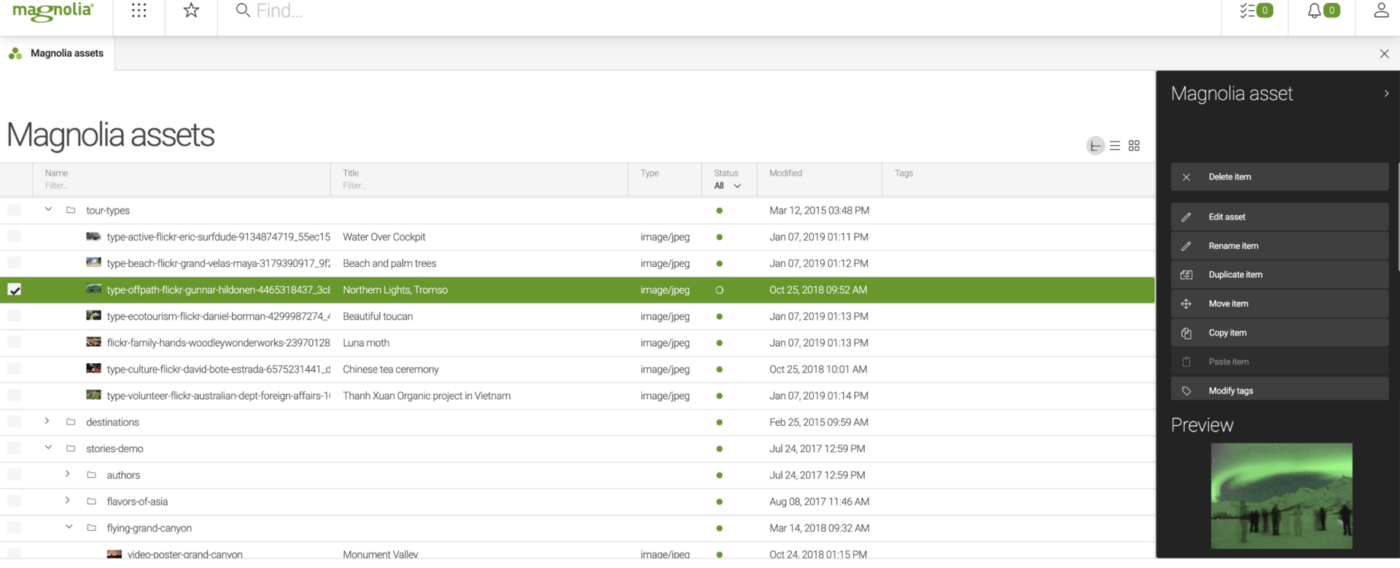10 Best Headless CMS Software Platforms in 2025

Sorry, there were no results found for “”
Sorry, there were no results found for “”
Sorry, there were no results found for “”
A content management system is one of the most important web design tools at your disposal. But to build the flexibility and agility that modern digital content needs, traditional CMSs often don’t suffice.
That’s where a headless CMS enters the equation.
Headless CMS is a content management tool that separates the content creation process from the digital platforms on which you’ll post that content.
That may sound more complicated than a traditional CMS, but once you examine the concept, you’ll find it’s a flexible way to deliver content and digital assets to prepare your business for a successful future!
A headless CMS is a content management system that helps you manage content before posting it to specific digital channels. This allows you to generate and deliver structured content that feeds into anything from mobile apps to digital experiences, such as kiosks and other Internet of Things devices.
To accomplish this, content management lives in a separate database to your website’s backend. It includes a presentation layer from which you display content and then distribute it to multiple channels.
People sometimes use different names for a headless CMS, including:
Regardless of its name, there are several headless CMS benefits you’ll want to consider:
Traditionally, website project management has relied on a central CMS on which the programmer builds the site. But that approach minimizes flexibility, exactly where a headless CMS thrives.
On a traditional CMS, you create digital content on a what you see is what you get—or WYSIWYG—editor that publishes directly to your website.
In comparison, a headless or decoupled CMS makes that connection less direct. You can control content before deciding where to publish it, maintaining the core DNA of that content while being able to easily customize it depending on the different platforms on which it will live.
The right headless CMS is good for more than just reusing content. Here’s a list of more features and abilities that headless CMSs have over traditional CMSs, which ultimately benefits your entire business.

As an open-source headless content management system, Sanity gives developers a degree of customizability they won’t easily find elsewhere. By treating content as data, Sanity allows for extensive data analytics, content creation, and distribution options.
Sanity’s intuitive software enables real-time collaboration across your team, including marketers managing content and developers looking to customize and publish content in the right areas. Extensive integrations allow for easy transfer into any desired application.

Strapi is an industry-leading headless CMS platform, and its simple interface and full customizability shine through. This 100% JavaScript-based platform enables content-rich experiences that easily transition from the presentation layer to the final channels on which the content will live.

Specifically suited to being a headless CMS platform for enterprises, Contentstack doesn’t shy away from complexity. It’s also agile, helping organizations manage content efficiently and with enough flexibility for all major digital platforms.

dotCMS helps organizations and enterprises looking to publish on multiple platforms manage and deliver digital content. Flexible workflows and a strong editor allow content creators to customize all types of content to their liking.

As a content-as-a-service solution, Contentful has the perfect headless CMS model. The Germany-based software is a pure headless platform, with the only central aspects being the content editing tool and presentation layer that allow you to push your structured content to any digital frontend.

Promising “complete control over your content,” Kontent.ai helps some of the world’s largest brands build digital experiences through a centralized headless CMS platform. Its extensive governance features make it especially relevant for large organizations embracing the headless approach.

The Swiss-based Magnolia is one of the oldest headless CMS options on the market, but don’t let that fool you. You get an agile solution that satisfies modern and evolving business needs.

The first industry-specific headless CMS platform on this list, Bloomreach is a suite of products. Bloomreach Experience Cloud, Bloomreach Search & Merchandising, and Bloomreach Experience Manager allow e-commerce merchants to create comprehensive and persuasive online experiences.

Claiming to be the fastest headless CMS platform on the market, Agility CMS has a strong reputation to live up to. Thanks to white-glove service and advanced content management, it might just be able to satisfy the lofty expectations of even the most complex content creators.

The goal of Butter CMS is to become the only content platform marketers need. You can see this in all its features, from a fast content launch system to marketing dashboards, personalization opportunities, and more.
Even the best headless CMS won’t suddenly solve all your marketing concerns. You need extra tools that help you effectively plan, manage, and collaborate on your content. And that’s where ClickUp comes in.

ClickUp may not have a specific headless CMS feature, but it offers all the powerful features you need around your headless CMS to truly succeed. As the top free project management software on the market, features such as Docs, views, and templates all live in a single hub to enhance your marketing strategy and content creation workflow.
In many ways, embracing a headless CMS is the path to the future. But even the best headless CMS options need some supporting pieces to truly help you achieve content marketing success.
This is exactly where ClickUp shines.
ClickUp is not just a project management tool, although it certainly is one of the best on the market. It’s a comprehensive work management solution that offers task management, content creation, web development templates, AI writing, and more.
Sign up for a free account today to see how ClickUp supports your headless CMS from the first moment of implementation!
© 2026 ClickUp